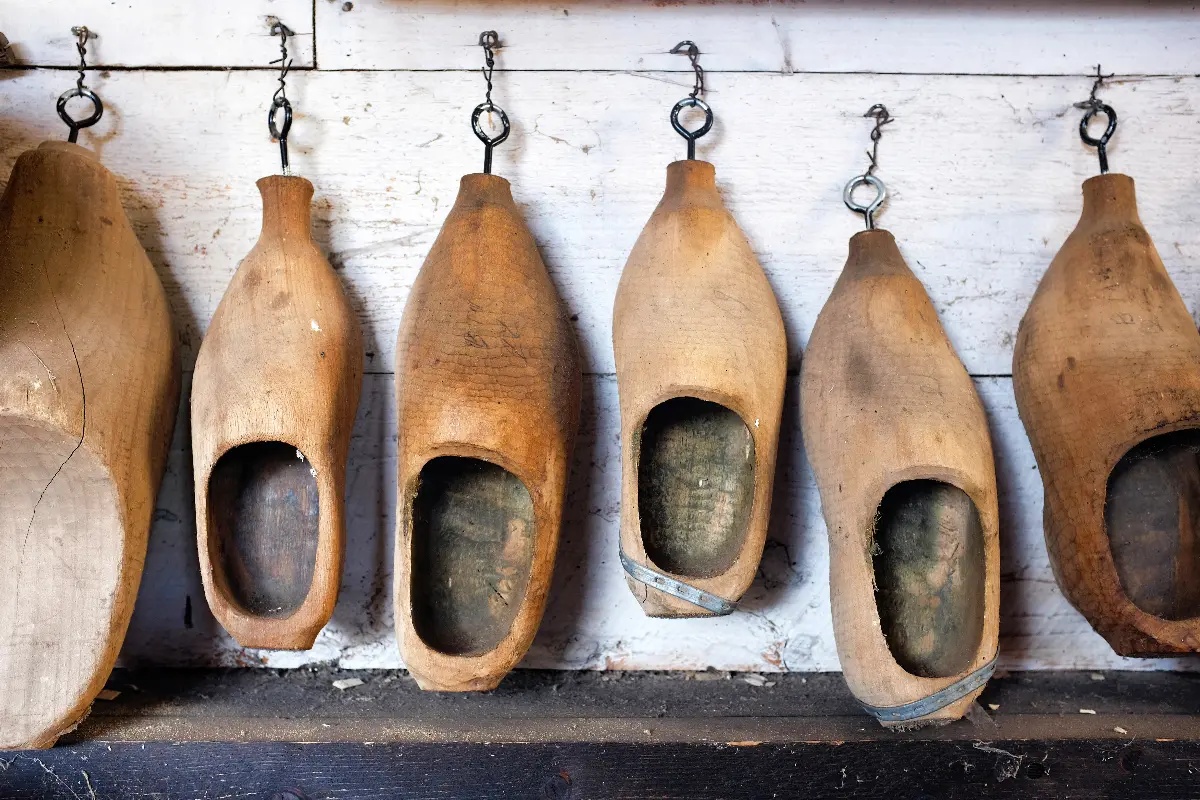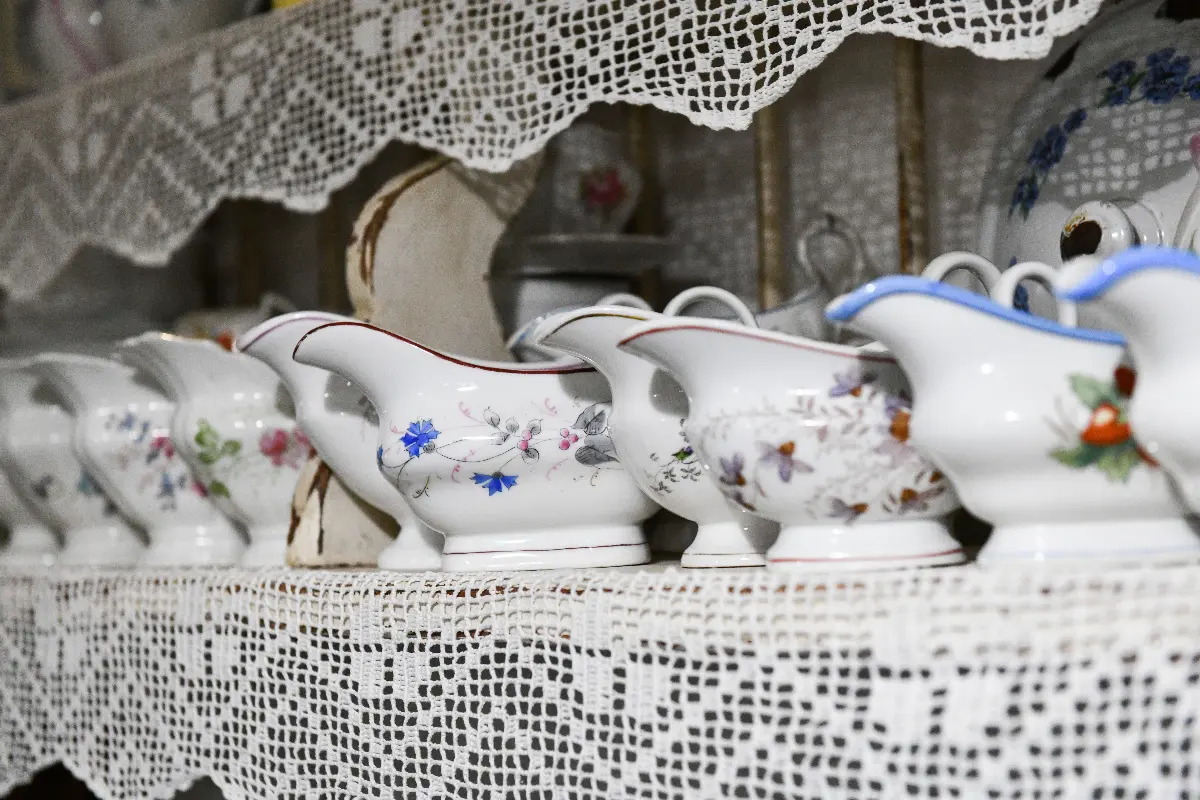
Helyszín címkék:
Discover Békéscsaba from A to H - tips for a great weekend
Káldi Emese
A for Andrassy Avenue: Did you know, there is an Andrássy Avenue in Békéscsaba? The avenue between the railway station and the main square is the county's bustling commercial street, full of shops and cafés. Its importance is shown, in that it was the first to be paved in 1869. The part close to the city centre is a pedestrian street lined with beautiful old houses, well worth a stroll, but do keep your head up!
Á for Árpád Bath: If it’s Békés county, then it’s water! In Békéscsaba, the Árpád Spa, which currently has ten pools, has been catering to bathers for just over a hundred years. Four of these have thermal water, so whether you're in town during the summer or the winter, it's worth planning a splash!
B for boutique museum: One of the best-loved museums in the city is located in the lobby of the Commercial and Catering Vocational School. A painstaking collection of old posters, advertisements, boxes and various machines has been assembled here, taking you back in time to a grocery store from a hundred years ago.
C for company chest: At present, the Munkácsy Museum houses a 200-year-old painted guild chest, which once belonged to the Békéscsaba bootmakers. In the chest, which was redecorated with patriotic motifs during the War of Independence in 1848-49, the town's bootmakers kept their most treasured treasures - the guild's rules, seal and money - until 1872, when the first industrial law abolished guilds throughout the country.
Cs for “csabagyöngye” (Hungarian grape variety): Grapes on the Great Hungarian Plain? Yes, of course! The “csabagyöngye” was bred by Adolf Stark in the early 20th century. This early ripening, honey-sweet table grape is still one of the most popular varieties, grown all over the world. They also make wine and palinka in the area, which you can even take home!

D for “disznóvágás” (pig slaughter): You may have wondered where the makers of the famous Csabai sausages get their pork from. Domestic animal husbandry was very common in this area, and there was plenty of room for animals on the farms in the area. And that's important because you need well-kept pigs to make delicious pork products. Slaughtering a pig is traditionally a big celebration in the area, which we can join in with at lots of different locations - several accommodation-providers as well as event venues offer an opportunity for groups of friends and interested people.
E for “emlékház” (memorial house): Besides the Munkácsy Museum, you should also visit the Munkácsy Memorial House in Békéscsaba, also known as the Omaszta Mansion, which is housed in a beautiful neoclassical building. In the first half of the 19th century, the child Miska Munkácsy often visited this house, as his sister Gizella was brought up here. Today, you can see Munkácsy's works and take part in guided tours and cultural programmes.
F for “fapapucs” (wooden slippers): One of the most surprising objects in the Munkácsy Museum's local history exhibition is a pair of wooden clogs. Anyone who immediately thinks of Dutch and other Nordic costumes is near to the truth: in the 18th century, Germans introduced fashion to the country, but it was primarily for practicality rather than aesthetics. This straw-lined footwear had to be worn on the boot-clad foot, protecting the expensive shoes from mud and moisture and the wearer from slipping on ice. The reed and ice cutters were fond of wearing wooden shoes.

G for Grain Museum: Driving along the Gyulai road, we may be surprised to pass a windmill. The almost 200-year-old Dutch-style windmill on the edge of Csaba park was not originally built here, but was only installed in 1978, and has been a major attraction of the Grain Museum ever since.
H for Haluska: One of the typical dishes of the Slovaks who settled in the county is “haluska”, which is nothing more than noodle pasta made with some kind of seasoning. It was also eaten with cottage cheese, sheep's cheese, poppy seeds, or even cabbage, depending on what was in the house. If you want, you can even try your hand at making haluska in the Frankó Tanya and Haluskaház (Frankó Farm and Haluska House) on the outskirts of Békéscsaba in a - very authentic environment!













